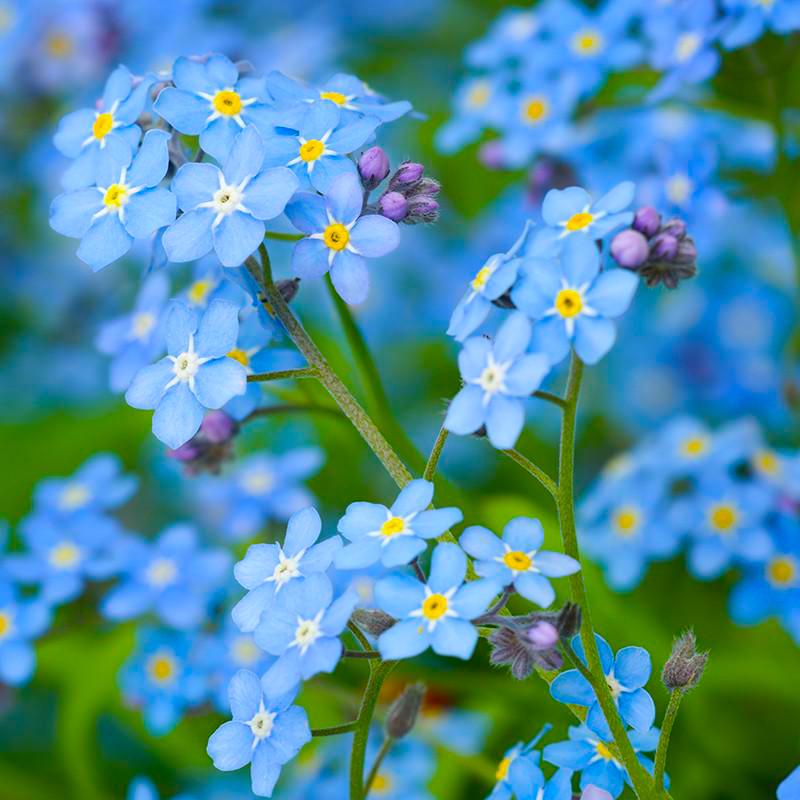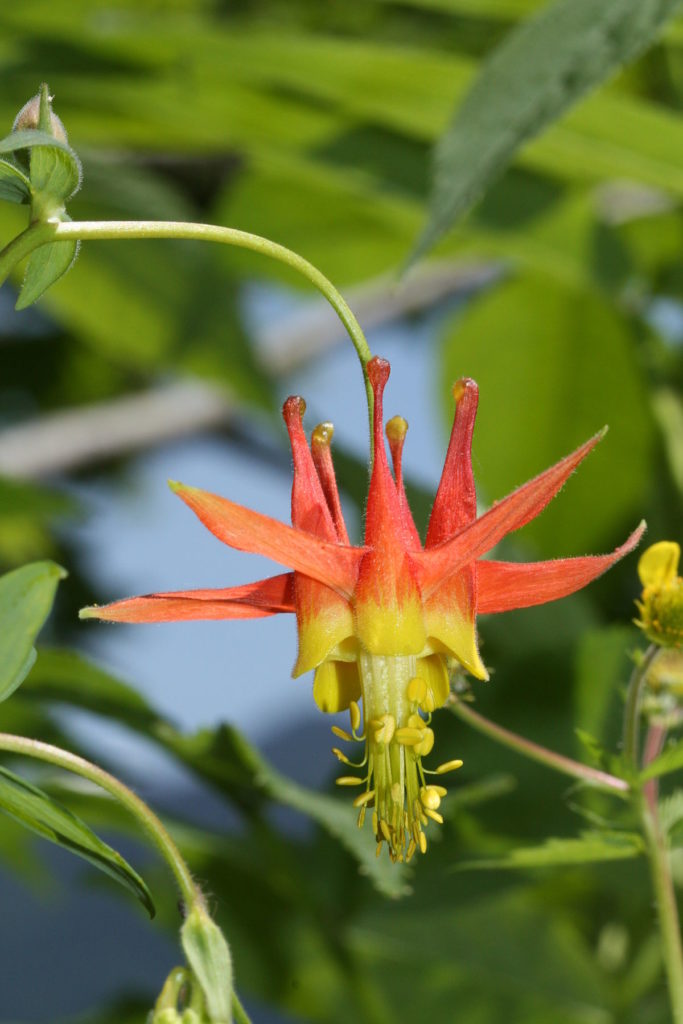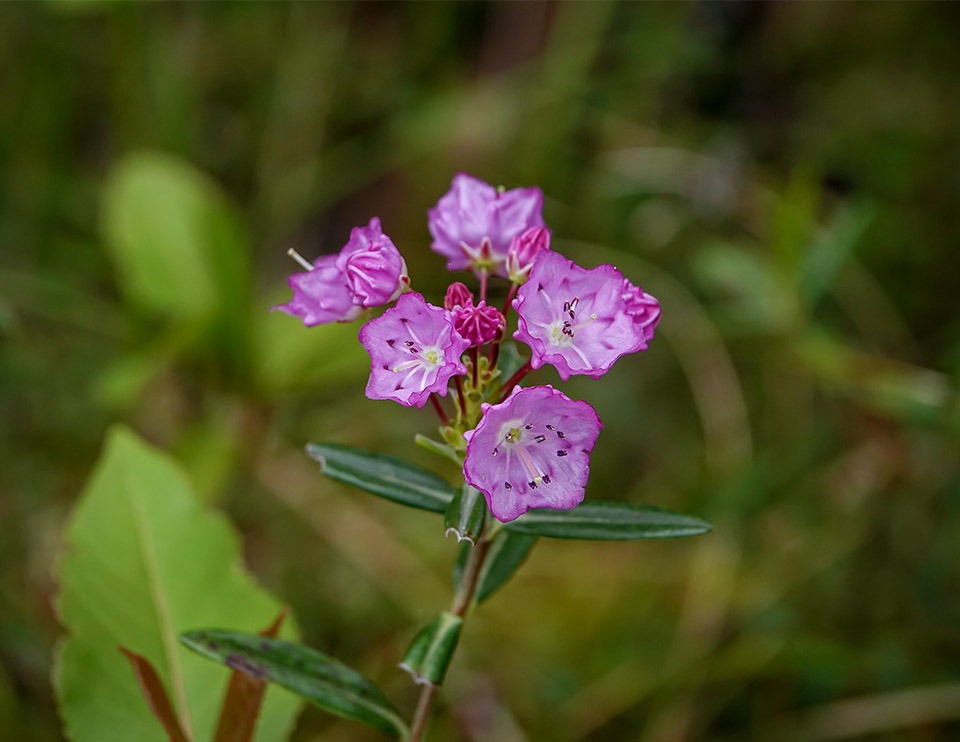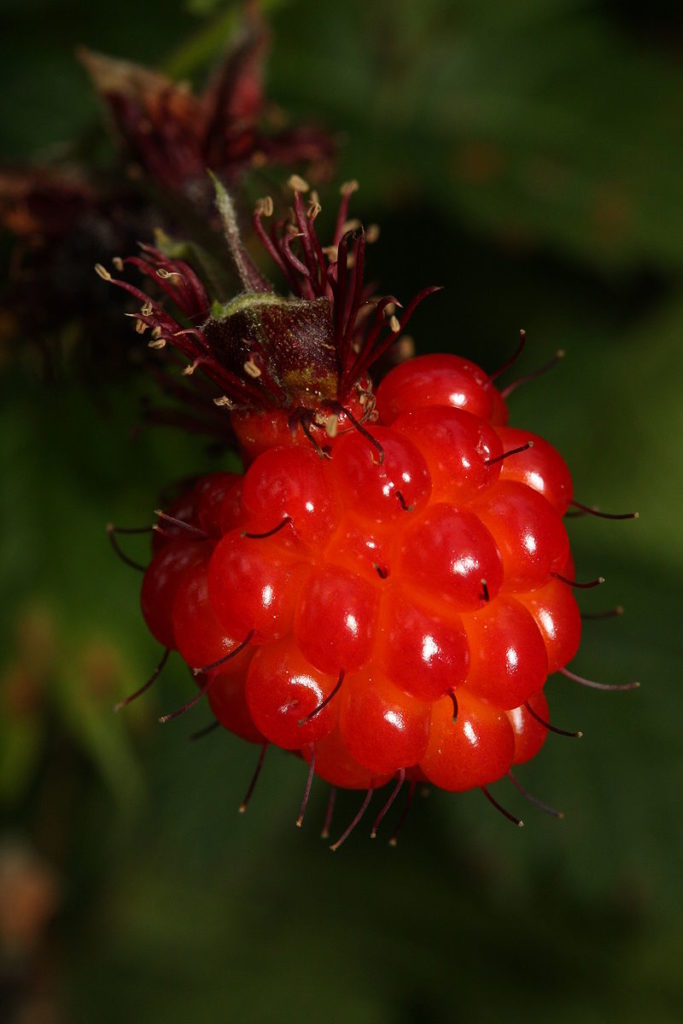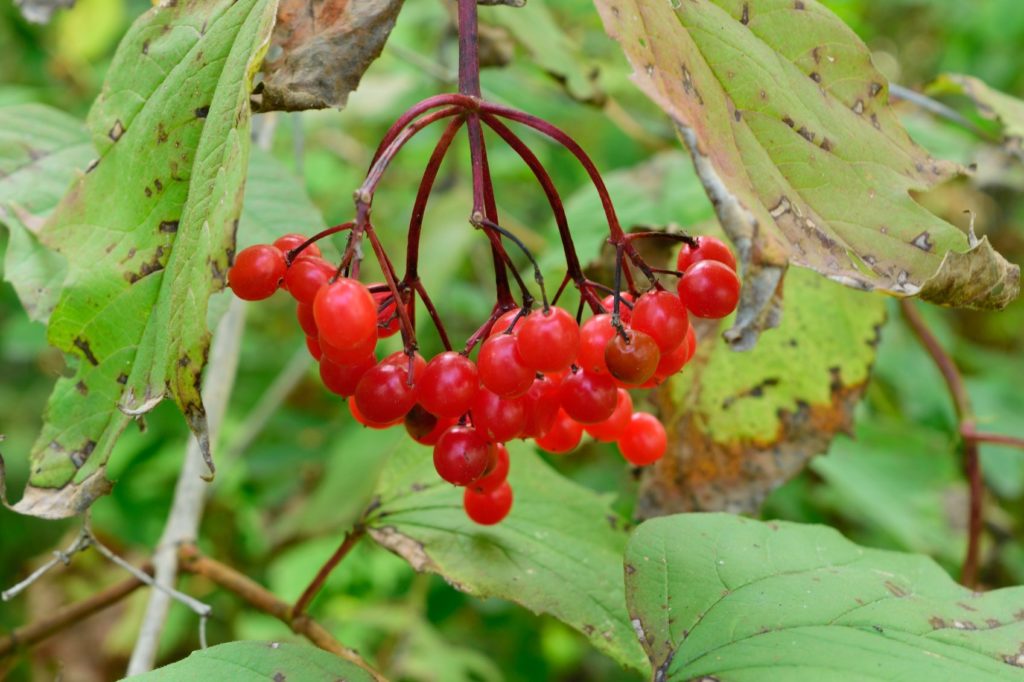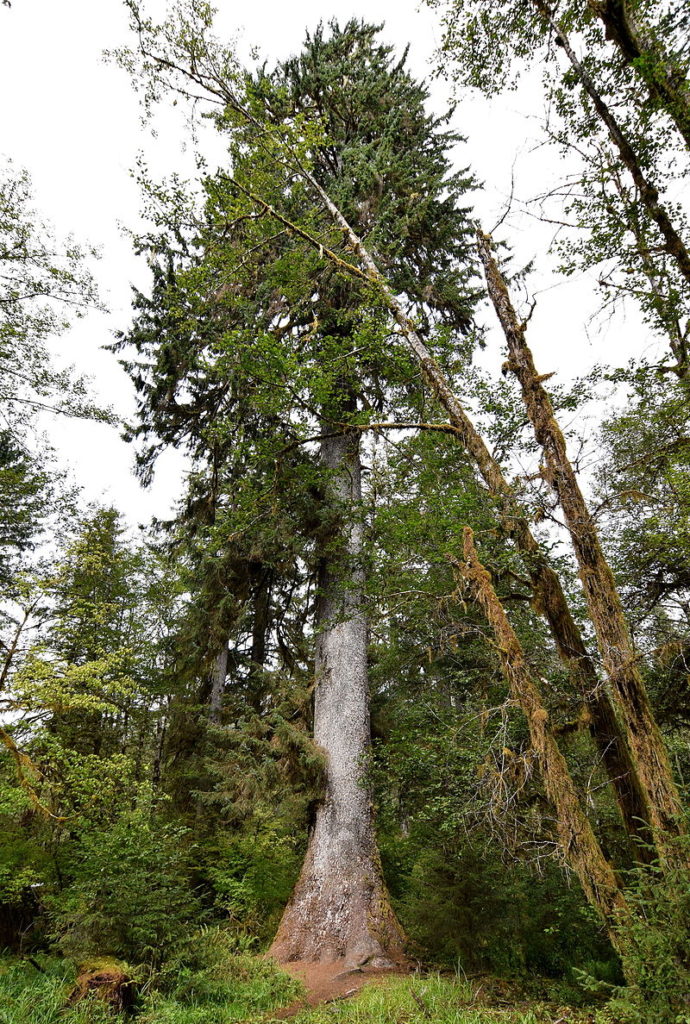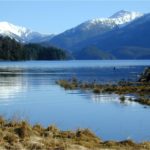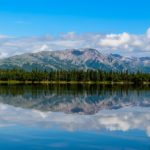With the start of winter on the horizon, Alaska’s abundance of beautiful foliage is starting to go out of season. Let’s take a moment to honor and remember the most striking flowers and greenery Alaska has to offer before the snow begins to fall.
Forget-Me-Not
Forget-Me-Nots are found in mountain meadows and best seen during midsummer.
Brandeis.edu describes the plant as, “moderately tall, sprawling wildflower that measures approximately 15-60 cm. in height. The radially symmetrical flowers are powder-blue with bright yellow centers. They are arranged in rounded, divergent clusters along the length of the branch. The leaves are oblong, hairy, and often stalkless.”
The Forget-Me-Not is an Alaskan favorite and is the state flower. It’s strikingly beautiful color makes it easy to notice out in the wild.
Western Columbine
The Western Columbine plant grows in moist areas in forests, woodlands, alpine, and subalpine meadows.
Wildflower.org describes the plant as, “an open-branched, 2-3 ft. perennial with delicate, blue-green, lobed foliage and pendent, yellow and red, spurred flowers. Handsome red and yellow flowers hang at ends of branches above this bushy plant with several stems and many divided leaves.”
It prefers moist locations such as stream banks and needs summer water. It prefers light shade especially in the afternoon.
Bog Laurel
Bog Laurel grows mostly in peat bogs in Southeast Alaska.
The U.S. Forest Service describes Bog Laurel as, “a low shrub mostly less than 8 inches tall with opposite leaves and deep pink flowers arranged in a small umbel at the tips of larger stems.”
Bog Laurel belongs to the genus Kalmia. All of the Kalmia species are suspected of being poisonous to livestock and humans, though they are rarely ingested.
Salmonberry
Rubus spectabilis, also known as the salmonberry, is a species of brambles in the rose family, native to the west coast of North America.
Wikipedia describes it as “a shrub growing to 1–4 m (40–160 inches or 1.3–13.3 feet) tall, with perennial, not biennial woody stems that are covered with fine prickles.”
Salmonberries are described as sour with a light-floral, sweet finish. Salmonberries are thought to have medical properties utilized by native Alaskans.
High Bush Cranberry
High Bush Cranberry grows in woods and alpine areas up to 2500 feet.
Alaska.org describes High Bush Cranberry as “an upright shrub up to 8′ with smooth branches. The toothed leaves are 3-lobed like a maple-leaf. The small, white, tubular, 5-petaled flowers grow in clusters along the stems at the leaf nodes.”
The Cranberry is edible and best paired with a strong cheeses or used in jams.
Sitka Spruce
Okay, this one isn’t a flower, but you need to be on the lookout for it on your nature walks. The Sitka Spruce is a beautiful tree that can live over 700 years.
The Sitka Spruce is native to Sitka and the largest spruce in the world. The tree can be 330 feet tall with a trunk diameter of 16 feet!
Wikipedia describes the tree as “…the bark is thin and scaly… The shoots are very pale buff-brown, almost white, and glabrous (hairless), but with prominent pulvini. The leaves are stiff, sharp, and needle-like…”
Nature-lovers would enjoy the hikes in Sitka. Now, you even have some things to keep an eye out for. After a long day of flower finding, stop by the Sitka Hotel and get a good night’s rest.

